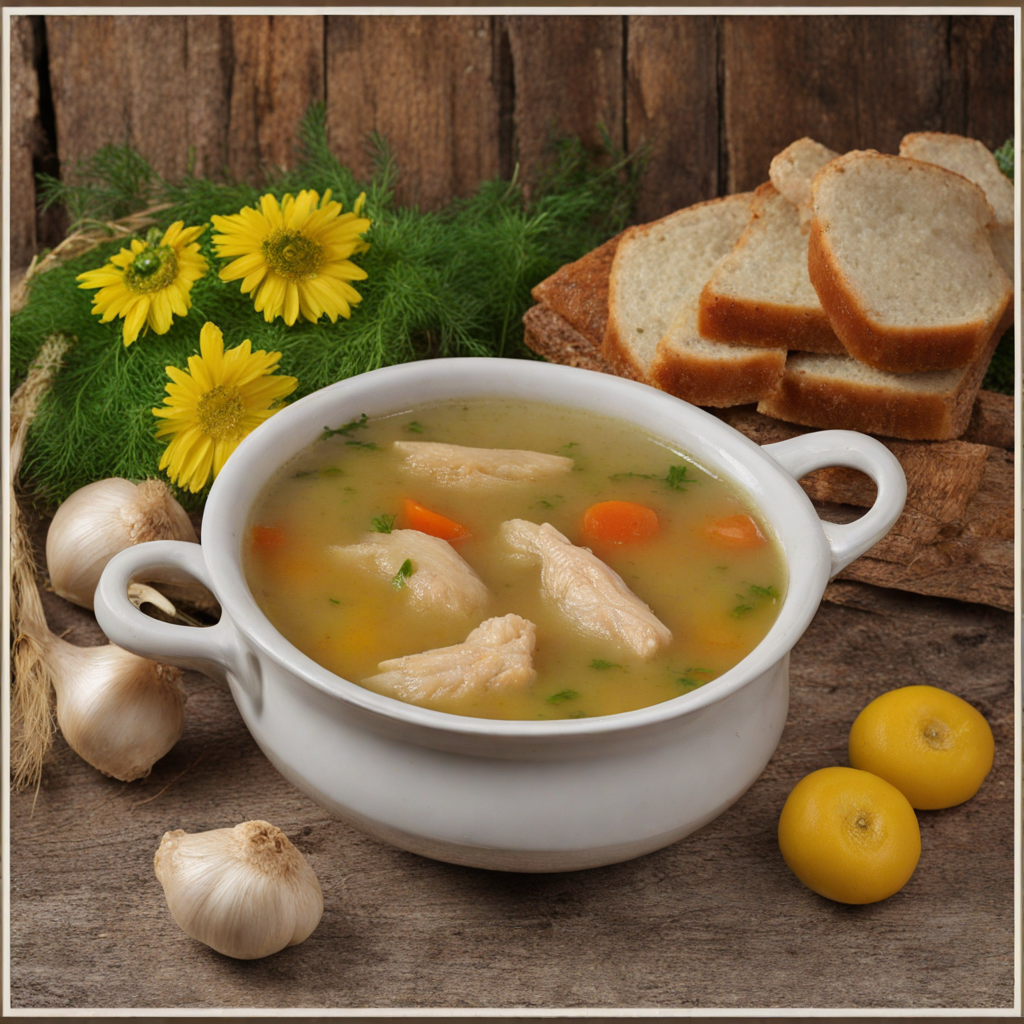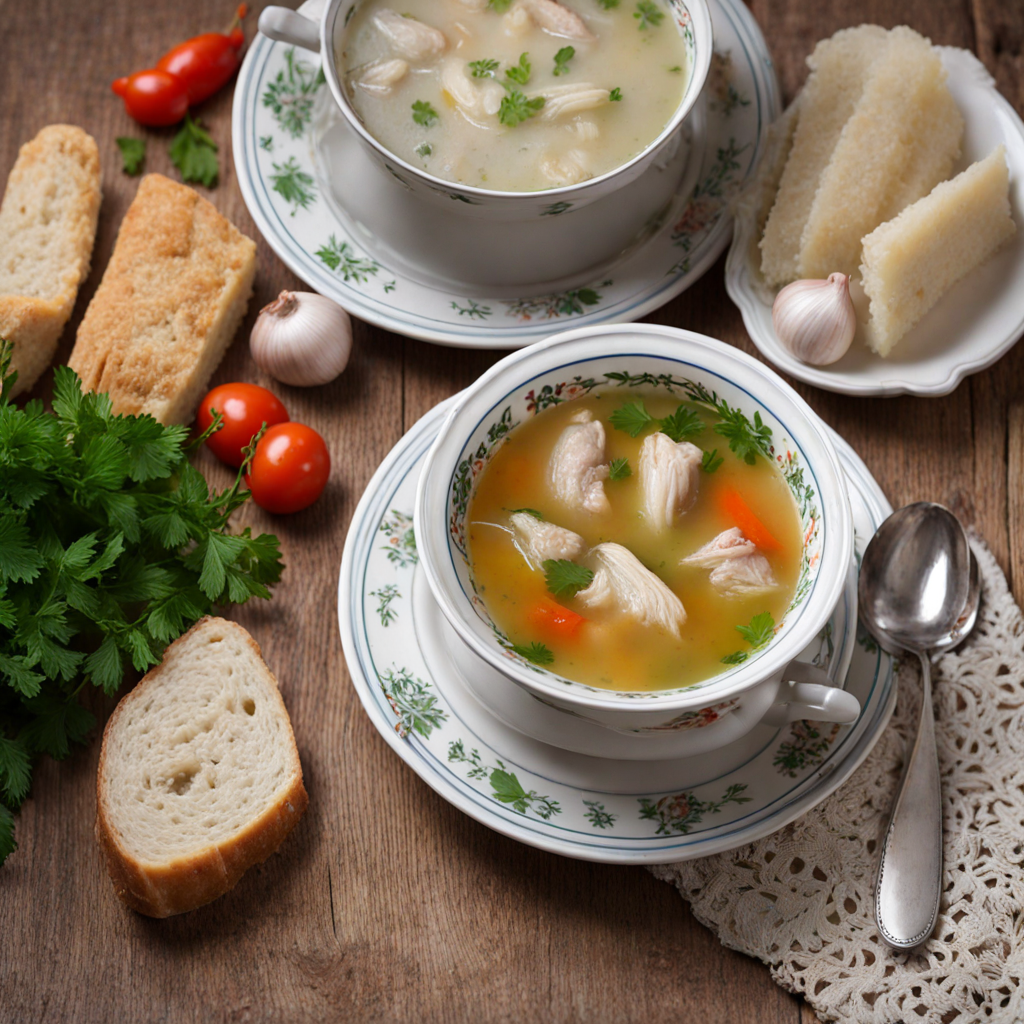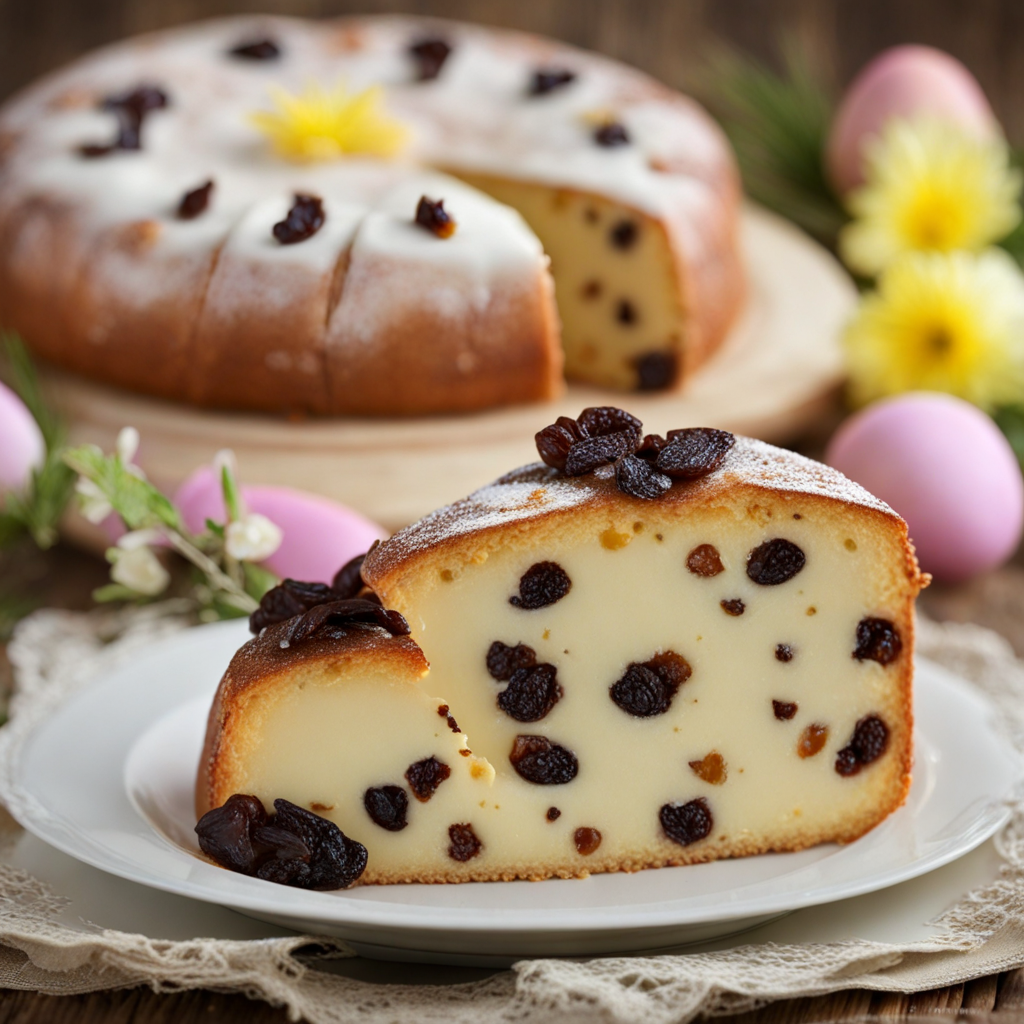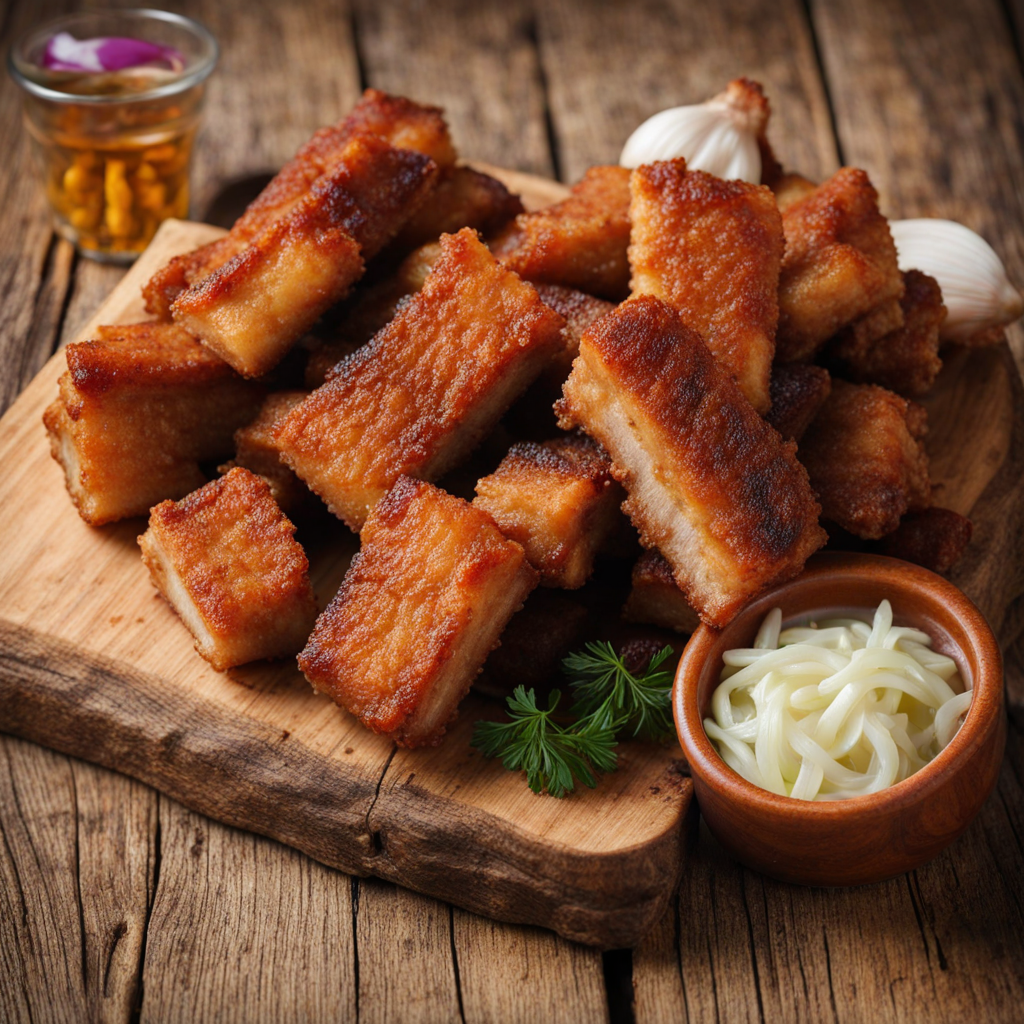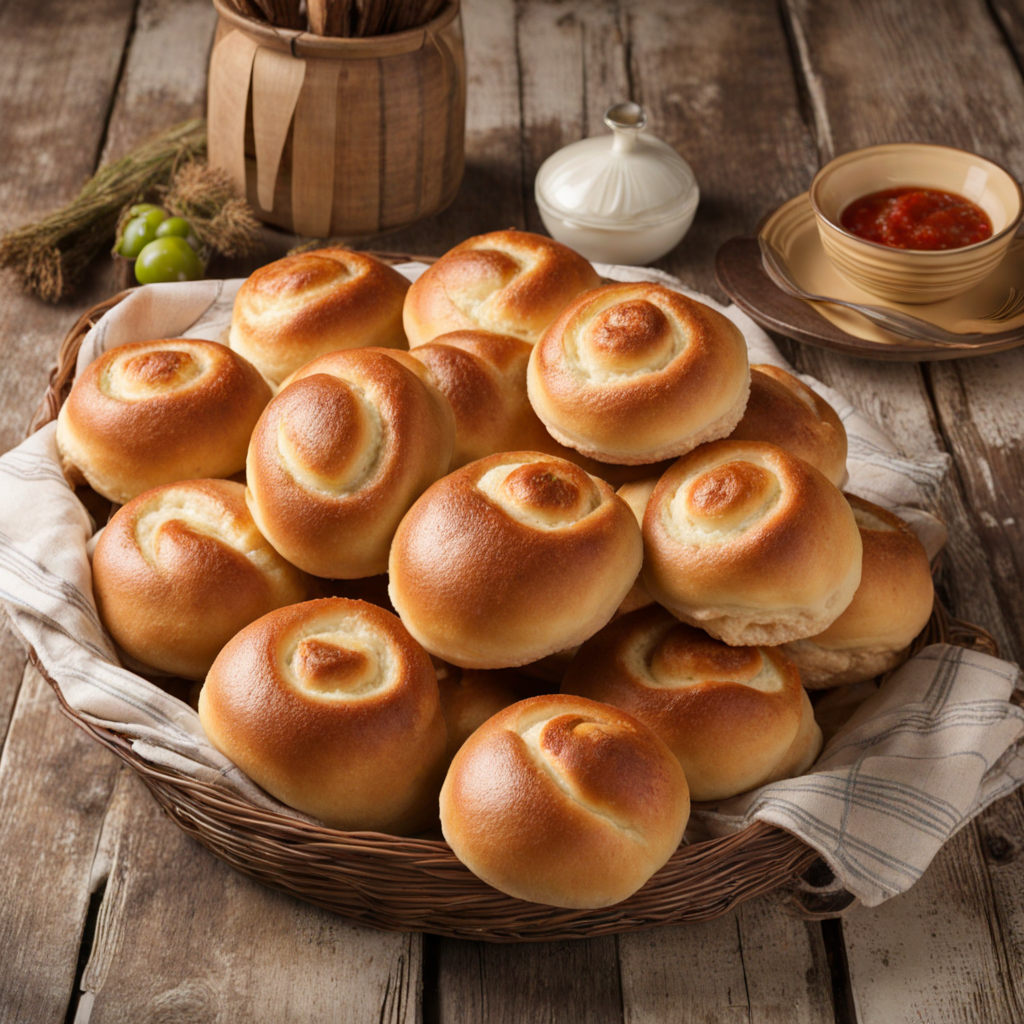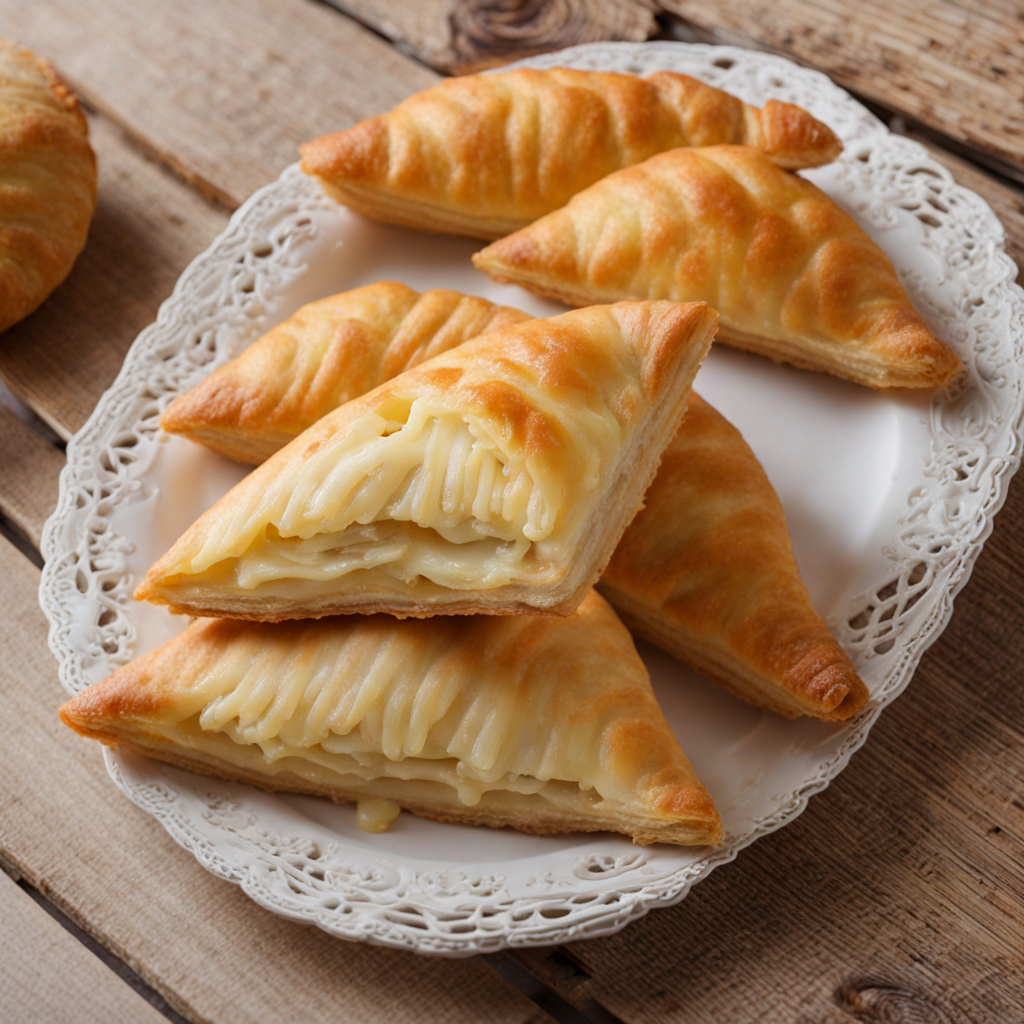Zeamă
Zeamă is a traditional Moldovan soup that is both comforting and flavorful, often enjoyed as a staple in local households. This dish is typically made from chicken, which is simmered to create a rich, aromatic broth. The chicken is often accompanied by a variety of vegetables such as carrots, onions, and potatoes, which add depth and sweetness to the soup. The key to the soup’s delightful taste is the careful balance of herbs and spices, which may include dill, parsley, and sometimes a hint of garlic, enhancing its homey flavor profile. One of the signature elements of Zeamă is the addition of homemade noodles, which are usually made from simple ingredients like flour, eggs, and water. These noodles are rolled out and cut into thin strips, then added to the simmering broth, soaking up the savory flavors while providing a satisfying texture. The soup is often finished with a squeeze of fresh lemon juice or a dollop of sour cream, adding a bright acidity that beautifully complements the richness of the chicken and broth. Served hot, Zeamă is not just a meal; it’s a cultural experience, often shared among family and friends during gatherings. It embodies the essence of Moldovan cuisine, which emphasizes heartiness and warmth. This dish is perfect for cold winter days or whenever you seek comfort, showcasing the simplicity yet profound depth of flavors that characterize traditional Moldovan cooking. Whether enjoyed on its own or paired with crusty bread, Zeamă invites you to savor the taste of Moldova in every spoonful.
How It Became This Dish
The Culinary Journey of Зеамэ: A Moldovan Delight #### Origin and Historical Context Зеамэ (zeamă) is a traditional soup from Moldova, a landlocked country in Eastern Europe known for its rich agricultural heritage and diverse culinary traditions. The origins of zeamă can be traced back to the peasant food culture of the region, where cooking was often dictated by the seasons and the availability of local ingredients. The word "zeamă" itself is derived from the Romanian language, which is the official language of Moldova, and translates to "broth" or "soup," reflecting its fundamental role in the Moldovan diet. Historically, Moldova has been a crossroads of various cultures due to its strategic location between the Carpathian Mountains and the Black Sea. This positioning made it a melting pot of culinary influences from neighboring countries such as Romania, Ukraine, and Russia. The simplicity and heartiness of zeamă are emblematic of the rural traditions of the Moldovan people, who relied on local meats, vegetables, and herbs to create nourishing dishes that could sustain them through tough winters. #### Ingredients and Preparation Zeamă is characterized by its clear, flavorful broth, typically made from chicken or pork, and is often enriched with a variety of vegetables such as carrots, potatoes, and onions. The process of making zeamă is a labor of love and involves simmering the meat slowly to extract maximum flavor, often for several hours. One of the distinctive features of zeamă is the addition of homemade noodles, known as "tăieței," which are made from flour and eggs. These delicate noodles are often added to the soup just before serving, absorbing the rich flavors of the broth while adding a comforting texture. The soup is seasoned with fresh herbs like dill and parsley, which not only enhance its flavor but also contribute to its vibrant appearance. A squeeze of lemon juice or a dash of vinegar is often added to bring a refreshing acidity that balances the richness of the broth, making zeamă a perfect dish for any season. #### Cultural Significance Zeamă holds a special place in Moldovan culture, often serving as a symbol of hospitality and warmth. It is commonly served at family gatherings, weddings, and festive occasions, where it is believed to bring good fortune and health to those who partake in it. The act of preparing zeamă is often a communal effort, with family members coming together to chop vegetables, make noodles, and share stories, thus reinforcing familial bonds and cultural identity. In Moldova, food is more than just sustenance; it is a means of storytelling and tradition. Zeamă is often mentioned in folk tales and songs, highlighting its importance in the cultural fabric of the nation. It is a dish that transcends generations, with recipes being passed down from mothers to daughters, each adding their unique touch to the traditional preparation. #### Development Over Time As Moldova has evolved over the centuries, so too has the dish of zeamă. During the Soviet era, the culinary landscape of Moldova was influenced by state policies that encouraged the standardization of food production and consumption. While zeamă remained a staple, the availability of ingredients was often dictated by government quotas and agricultural practices. This led to variations in recipes, with some families adapting their preparations based on what was accessible. Since gaining independence in 1991, Moldova has seen a resurgence of interest in traditional foods, including zeamă. The post-Soviet period has been marked by a strengthening of cultural identities and a renewed appreciation for local cuisine. Chefs and home cooks alike have begun to emphasize the use of organic and locally sourced ingredients, reviving traditional cooking techniques and experimenting with flavors while respecting the essence of the dish. Modern interpretations of zeamă can often be found in restaurants across Moldova, where chefs might incorporate contemporary culinary techniques or fusion elements while maintaining the heart of the traditional recipe. For instance, some may serve zeamă with a variety of meats, such as duck or lamb, or add gourmet touches like truffle oil or artisanal noodles, catering to the tastes of a more globalized dining audience. #### Zeamă in Contemporary Moldova Today, zeamă is not only a beloved dish within Moldova but also a culinary ambassador for Moldovan culture abroad. As Moldovan communities have spread throughout the world, they have taken their culinary traditions with them, fostering a greater appreciation for the country's rich food heritage. International food festivals, cultural events, and restaurants dedicated to Moldovan cuisine have contributed to the global recognition of zeamă, allowing it to be appreciated in various contexts and settings. The dish has also found its place in the hearts of food enthusiasts and gourmands, with many seeking to explore authentic Moldovan flavors. Food tours and culinary workshops have begun to include zeamă as a highlight, showcasing its preparation and significance within the broader narrative of Moldovan cuisine. This resurgence reflects not only the dish's enduring appeal but also a growing interest in traditional foods that embody cultural identity and heritage. #### Conclusion In summary, zeamă is more than just a soup; it is a reflection of Moldovan history, culture, and resilience. The evolution of this dish, from humble peasant fare to a cherished staple, underscores the importance of food as a vehicle for cultural expression and community bonding. As Moldova continues to embrace its culinary roots while navigating the complexities of modern influences, zeamă remains a steadfast symbol of the country's rich culinary heritage, inviting all who taste it to partake in a flavorful journey through time.
You may like
Discover local flavors from Moldova


